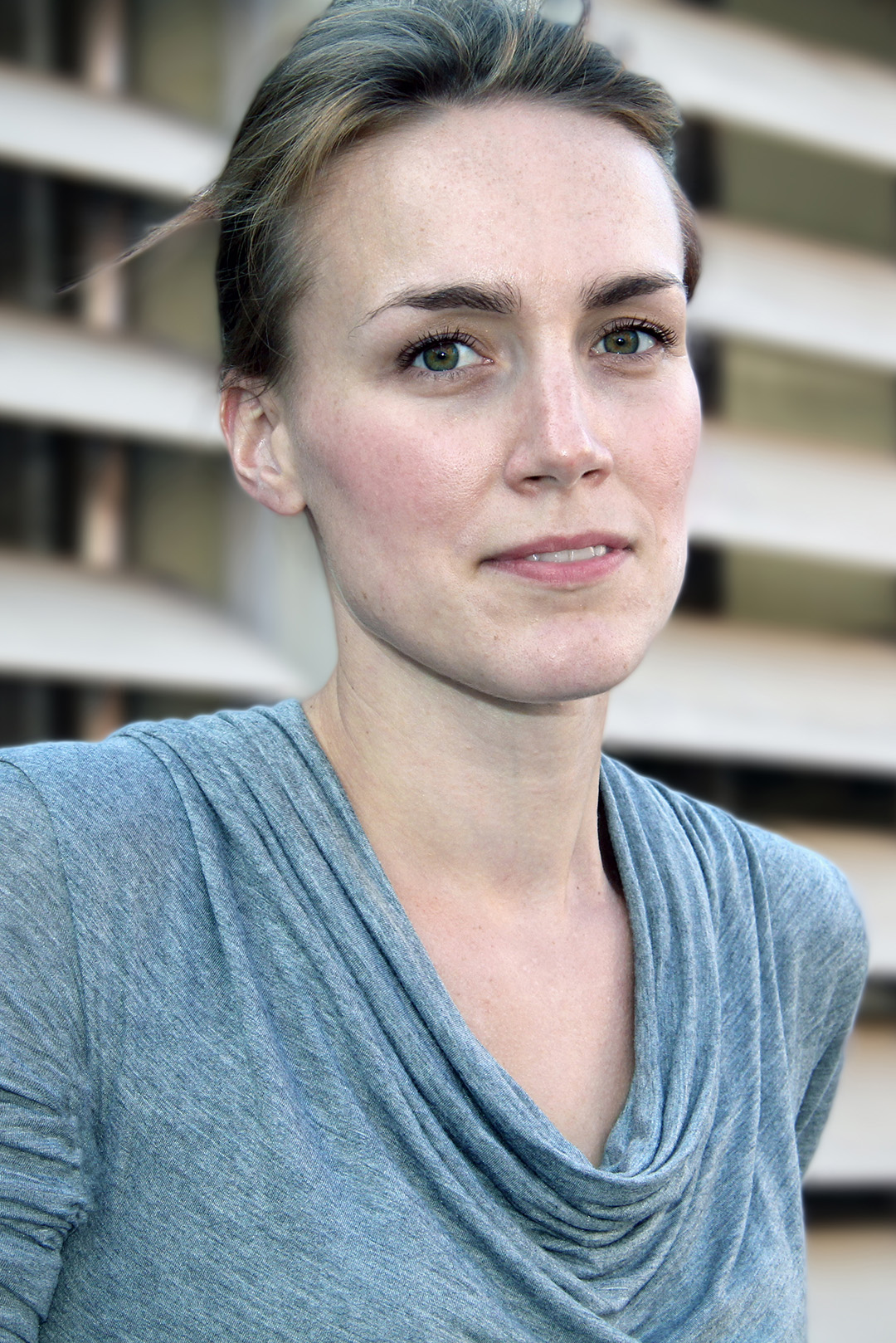Finding Blind Spots in the Historiography of Architecture and Urban Design
Shedding light on underexposed aspects of architecture and urban design in the twentieth century. That is what is envisioned by Janina Gosseye, Professor of Building Ideologies as of March 2023. She considers means such as graphic novels and oral sources to be very well suited to this. “How do political, social and economic developments influence our built environment? What does this mean for residents, commissioning parties, architects and contractors?”
Janina Gosseye joined the Faculty of Architecture and the Built Environment in the autumn of 2020. After having lived in Belgium, Australia and Switzerland, she traded her position at ETH Zurich for a Delft Technology Fellowship. “This is a special scheme designed to attract more female researchers to the university. It is a somewhat strange way in, perhaps, because my work is not technology-oriented. During my training as an architect in Brussels, the emphasis was on the humanities. I enjoy reading, writing and design.”
Three-part approach
After also earning a degree in Human Settlements, she obtained a doctorate from Leuven in 2012 for her research on leisure facilities constructed by the Flemish government in the post-war period. She subsequently expanded this research on the interaction between the ideology of the welfare state and the built environment. “There is a lot of attention in architectural history for what governments have done. However, the welfare state is a kind of contract between the state, the private sector and non-governmental organisations. By exploring the emergence of shopping centres and facilities built by the third sector, I wanted to get a better sense of the whole playing field. My goal was and still is to better understand what interests and motives informed the design of our built environment.”

She has a keen interest in the interface between architecture, urban design and political and social systems. Janina: “As a Delft Technology Fellow, I was able to develop my own vision regarding this interface in the Department of Architecture in this faculty.” This vision forms the foundation for her teaching and research. “I include several efforts under the term Building Ideologies. You can think of it as a triptych.”
My goal was and still is to better understand what interests and motives informed the design of our built environment.
The first part of this triptych, Profession and Practice, encompasses scientific research on changes in the professional practice of architects in the second half of the twentieth century. “For example, how does professionalisation relate to changing regulations as a result of social and political shifts? There is relatively little attention for this in Europe, including the Netherlands. Architects are persistently perceived as being creative designers who can more or less do as they please. Yet economic and other conditions can lead to very different realities. By finding out more about that, we can nuance and adjust stereotypes and one-sided perceptions.”

Dominant voices
“The second part of the triptych, Projects and Programmes,” Janina continues, “involves unravelling histories of specific buildings and spatial developments. How do they embody certain socio-political ideas and movements?” For example, she recently wrote an article about a distinctive building in London that has served as the headquarters of the British secret service MI6 since the early 1990s. The development of the complex, prominently featured in the more recent James Bond films, tells “an interesting story about the funding of public buildings in the Thatcher era and the relationship between architecture and national identity under the influence of neoliberal politics. I would like to create space for such research on architecture and urban design history.”
Through the third part of the triptych, Perspectives, Janina would like to shed light on parties that are underrepresented in the historiography of architecture and urban design. “Students and other members of the public should be made more aware of the voices that exist besides those that dominate the spatial discourse. The conversation is usually monopolised by politicians, administrators and designers. But what do the people who live in buildings or neighbourhoods have to say about their living environment themselves? What do contractors have to deal with? And what do their experiences say about the society in which what is built has a position?” One of the methods Janina uses for this is recording oral histories. “What you find most in libraries and archives is the official story, but I want to encourage students to also use interviews as a way of gathering information.”
Students and other members of the public should be made more aware of the voices that exist besides those that dominate the spatial discourse. The conversation is usually monopolised by politicians, administrators and designers.
Visual narrative
Research or education “Both please, in the right balance. I must admit: my heart lies in research. I love the thinking, the puzzling, and the flow you get into when you write. But the students here in Delft, who come from all over the world, are so smart and creative. They contribute so many interesting perspectives, which are often completely new to me.”
In an elective module which Janina offers her Master’s students, she asks them to research building projects carried out between the 1960s and the 1990s and detail their findings in a surprising medium: a short story graphic novel. “This is about discovering a different narrative than that of the architect or the commissioning party.” Janina explains that the graphic novel invites students to look at these projects from other points of view. They invariably come up with fascinating results. “Like a graphic novel in which building materials tell the story of where they came from and how they were processed. When I receive such an original and well thought-out piece of work, teaching gives me great satisfaction and energy.”
More information
Janina Gosseye is professor in the Department of Architecture in the Faculty of Architecture and the Built Environment.
View the professor page of Prof. Dr. Janina Gosseye
